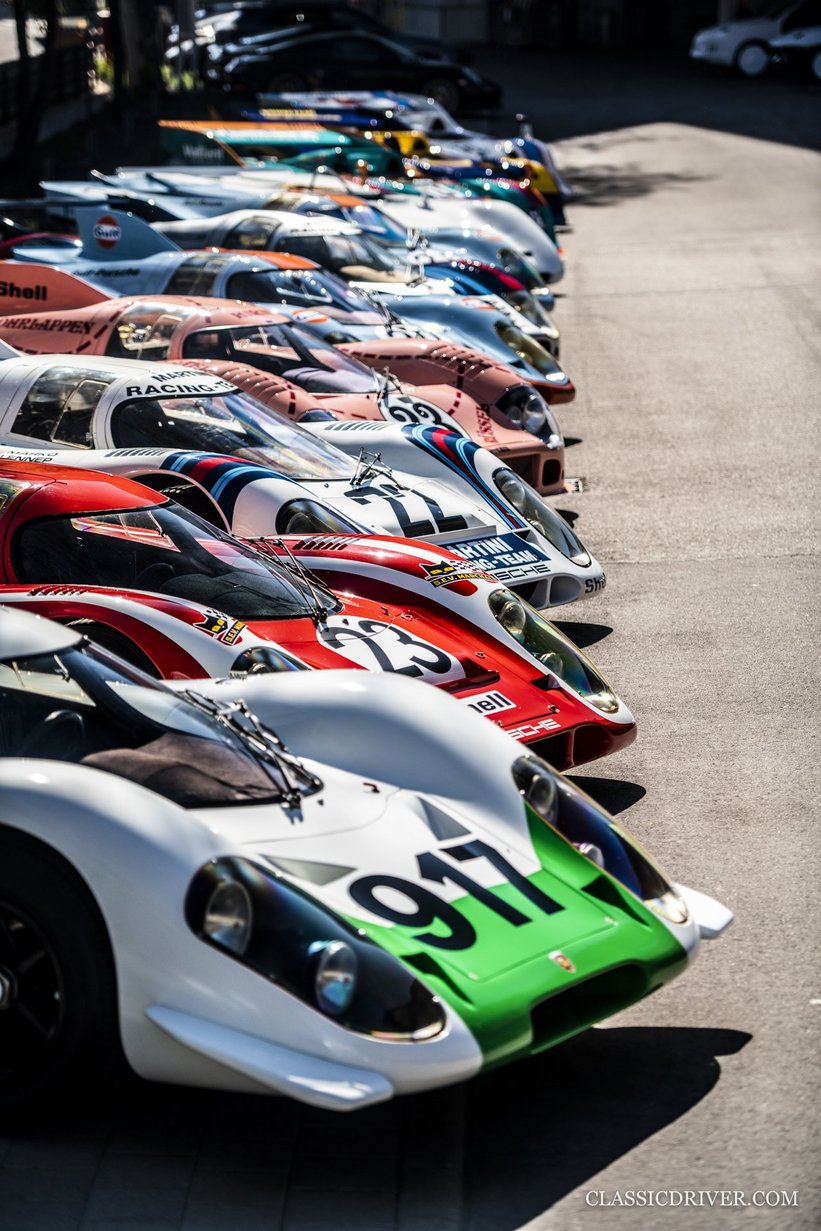
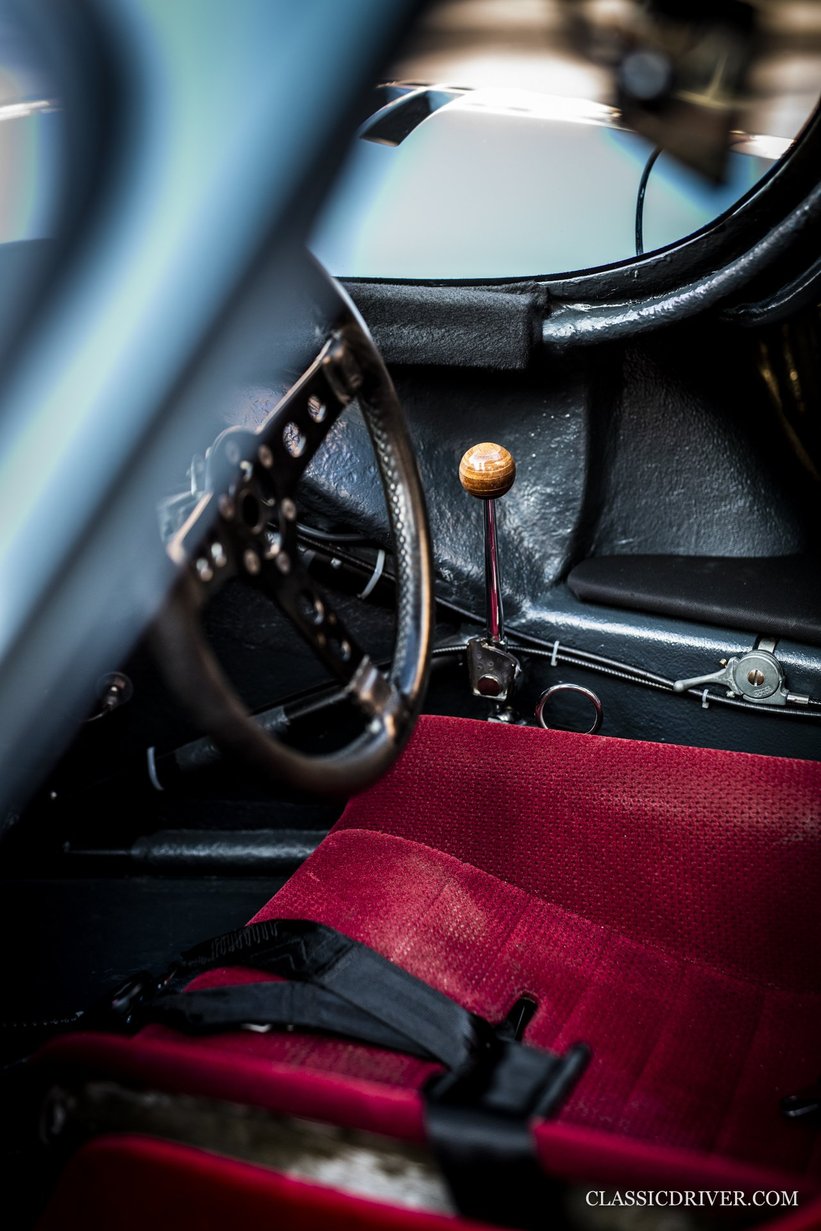
This unbelievable saga began with a simple phone call from the guys at the Porsche Museum back in March. I was summoned to a meeting in Stuttgart to discuss a top-secret photo shoot, and when I got there, I couldn’t quite believe what I was told. I’d been chosen by Porsche to photograph one of the most important reunions it had ever organised: not two or three or four, but 11 examples of its legendary 917 prototype, gathered to preview the museum’s forthcoming 50 years of the 917 – Colours of Speed exhibition, which takes place from 14 May until 15 September.
Because of my deep love for Porsche and appreciation of the 917’s historical significance, the anticipation for what was undoubtedly the most important shoot of my career to date was almost intolerable. Fortunately, my trip to Japan to cover the Concorso d’Eleganza Kyoto was a timely and thoroughly enjoyable distraction. Having landed back in Paris from Japan, I headed directly from the airport to the station to catch a train to Stuttgart.

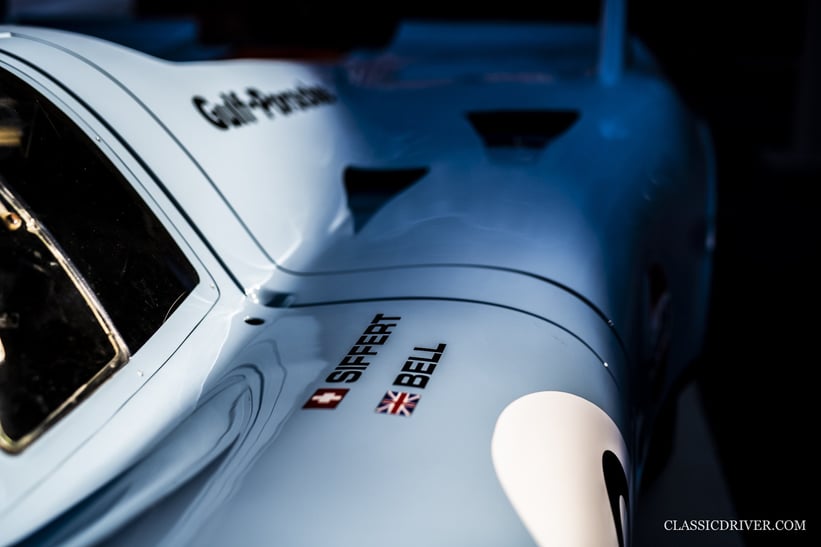
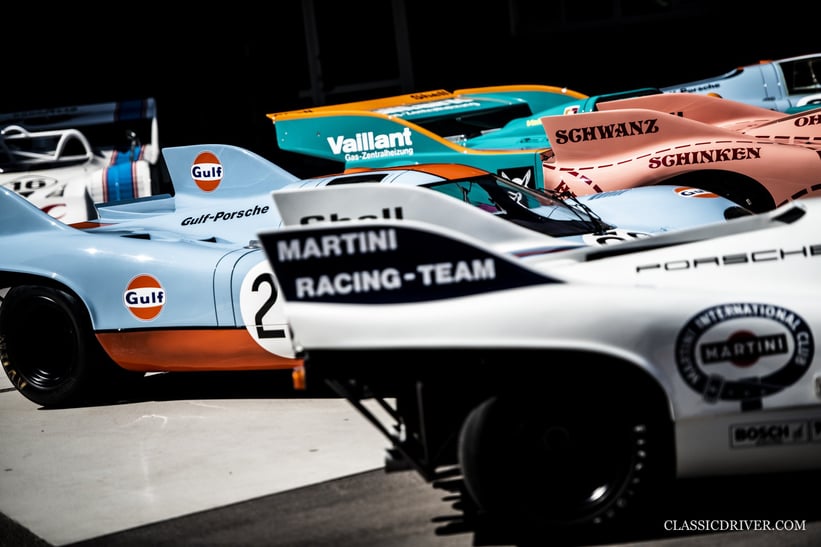
Completely coincidentally, the day of the photo shoot was exactly one day after the 50th anniversary of the famous line-up of 25 long-tailed 917s, which Porsche hastily built to homologate the car for the Group 4 category. And here we were, about to shoot at Werk 1, the famous building in which those very cars were assembled in 1969.
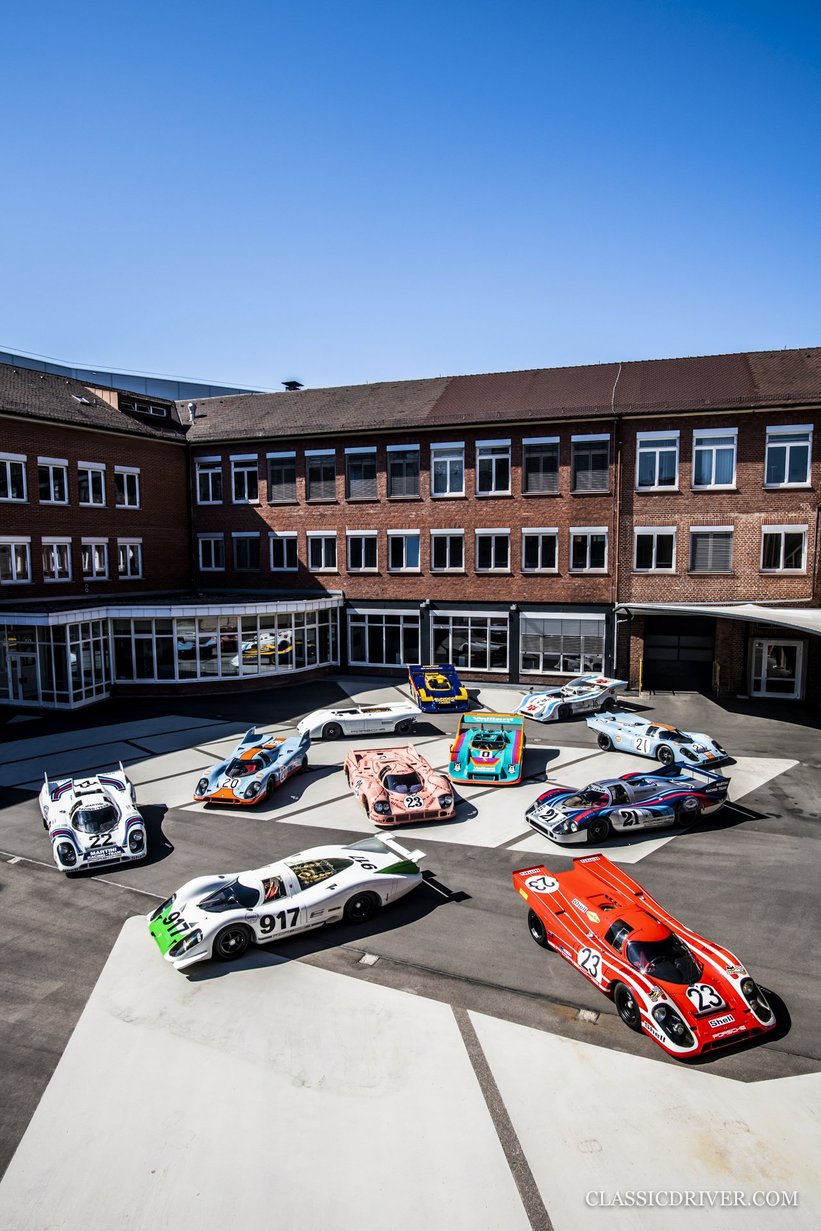
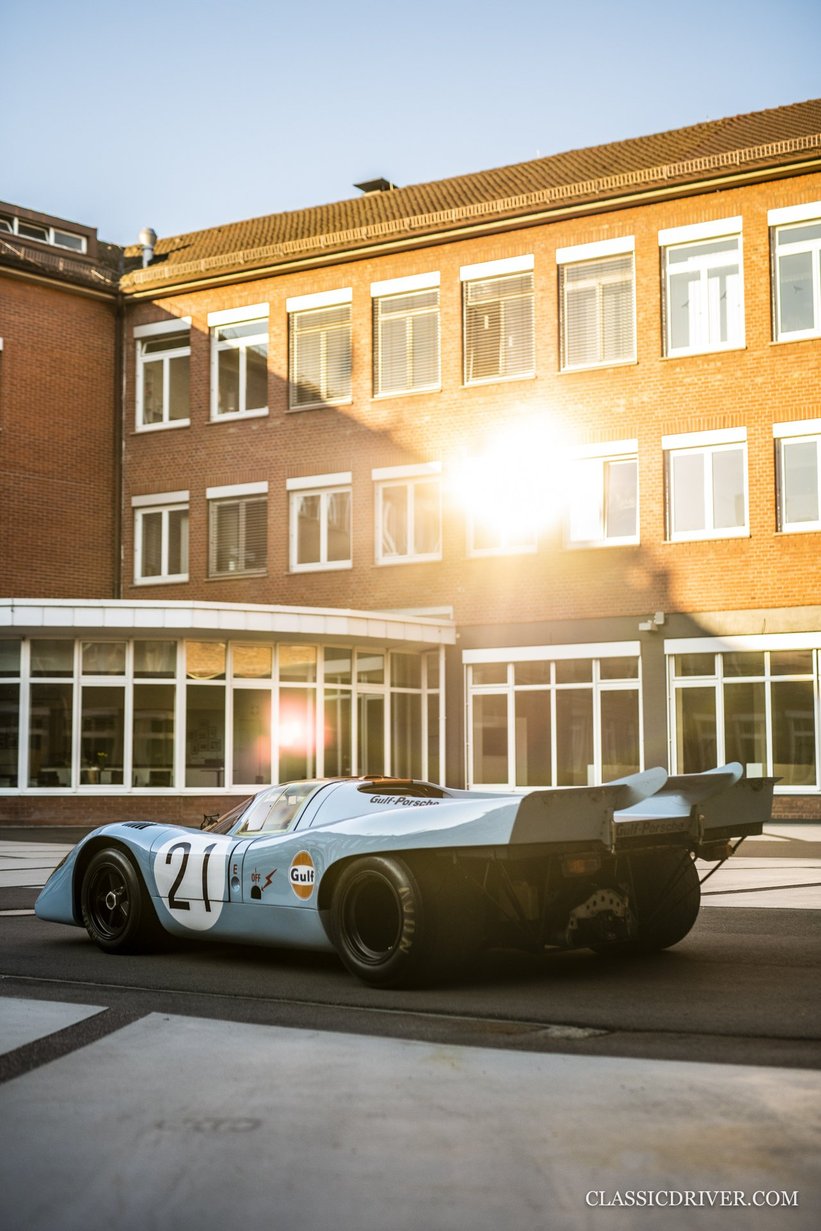
Never before had all variants of the Porsche 917 family been united so we decided to arrange a group shot in Werk 1’s historic courtyard, where all the original promotional imagery was shot for the car, before making a modern-day homage to that legendary line-up in the exact same spot. It sounded simple, but then all rationality went out of the window when the first cars began to arrive. It’s difficult to describe the feeling looking back – I just remember thinking this couldn’t possibly be real. In an apparent gift from above, the sun then burst out, granting me the opportunity to really play with the light and shadow to create some incredible photos.
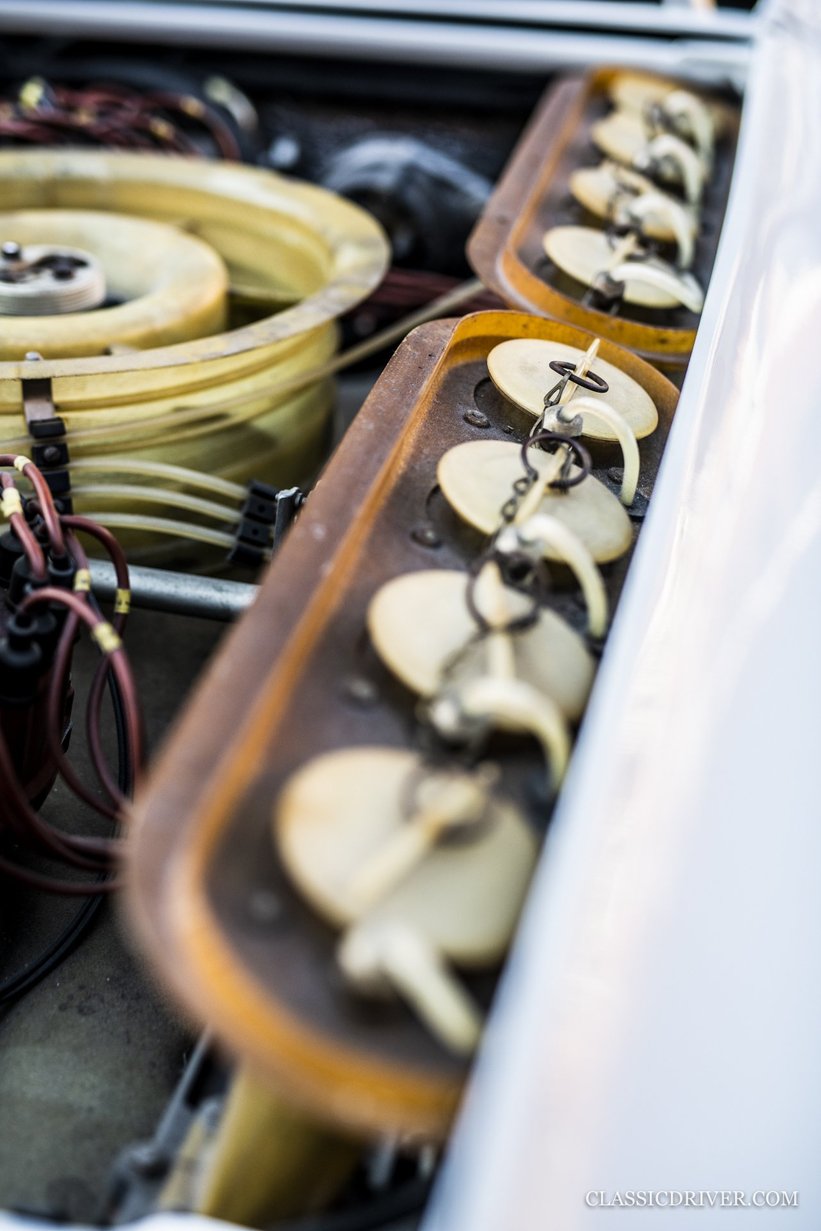
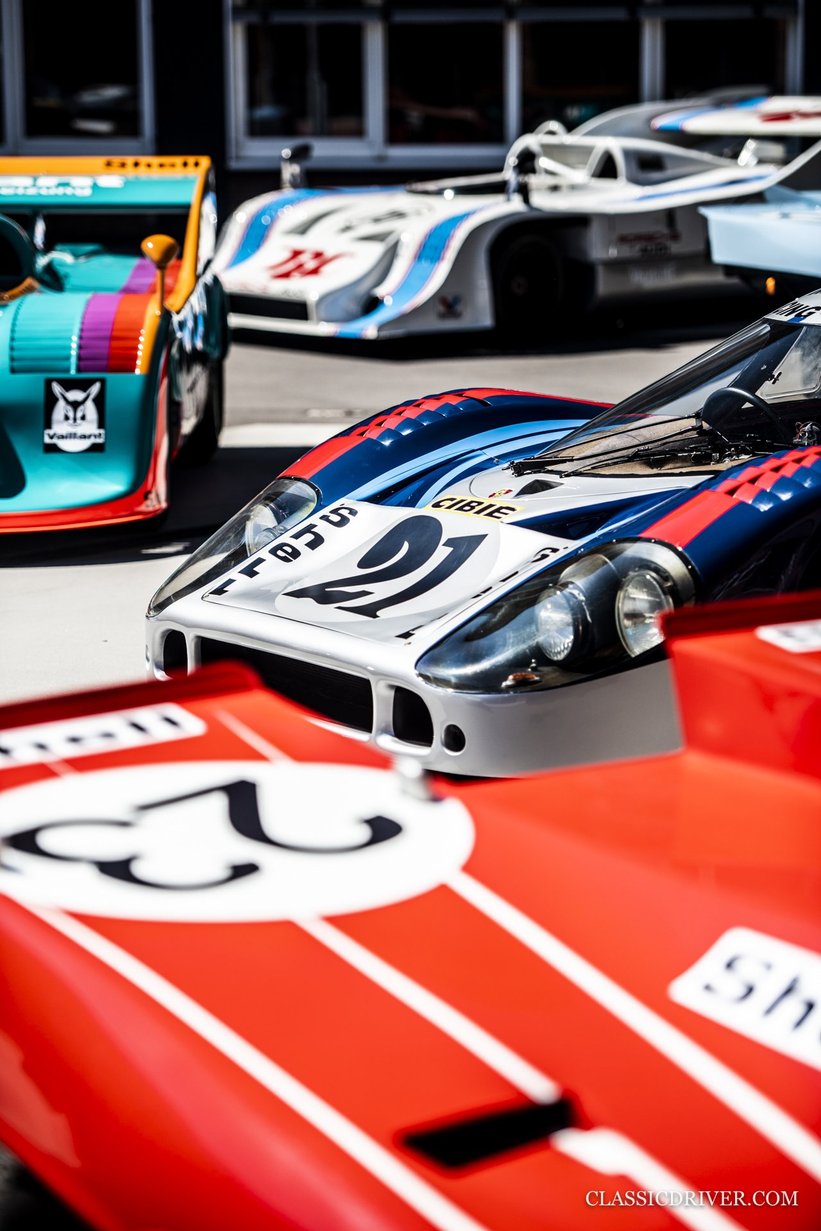
After all of the cars were arranged for their ‘family’ photo, even the guys from Porsche were left speechless. The significance of the gathering was not lost on anybody present and, as you can imagine, I couldn’t stop shooting. I also discovered that this was the very first time the red Team Salzburg 917K that won Le Mans in 1970 and the white finned Martini Racing 917K that repeated the incredible feat in 1971 had ever met.
We then set about arranging them in the exact spot where the FIA officials had inspected the 25 cars required to homologate the prototype. And sure, the environment has changed a little and ‘our’ line-up featured the later Kurz, Langheck, and Can-Am variants, but nothing could detract from the overwhelming sight of 917-001, back in its original configuration and livery, back where it all began and beside a group of cars that, collectively, made an indelible impression on the history of motorsport, each in their own distinct ways.
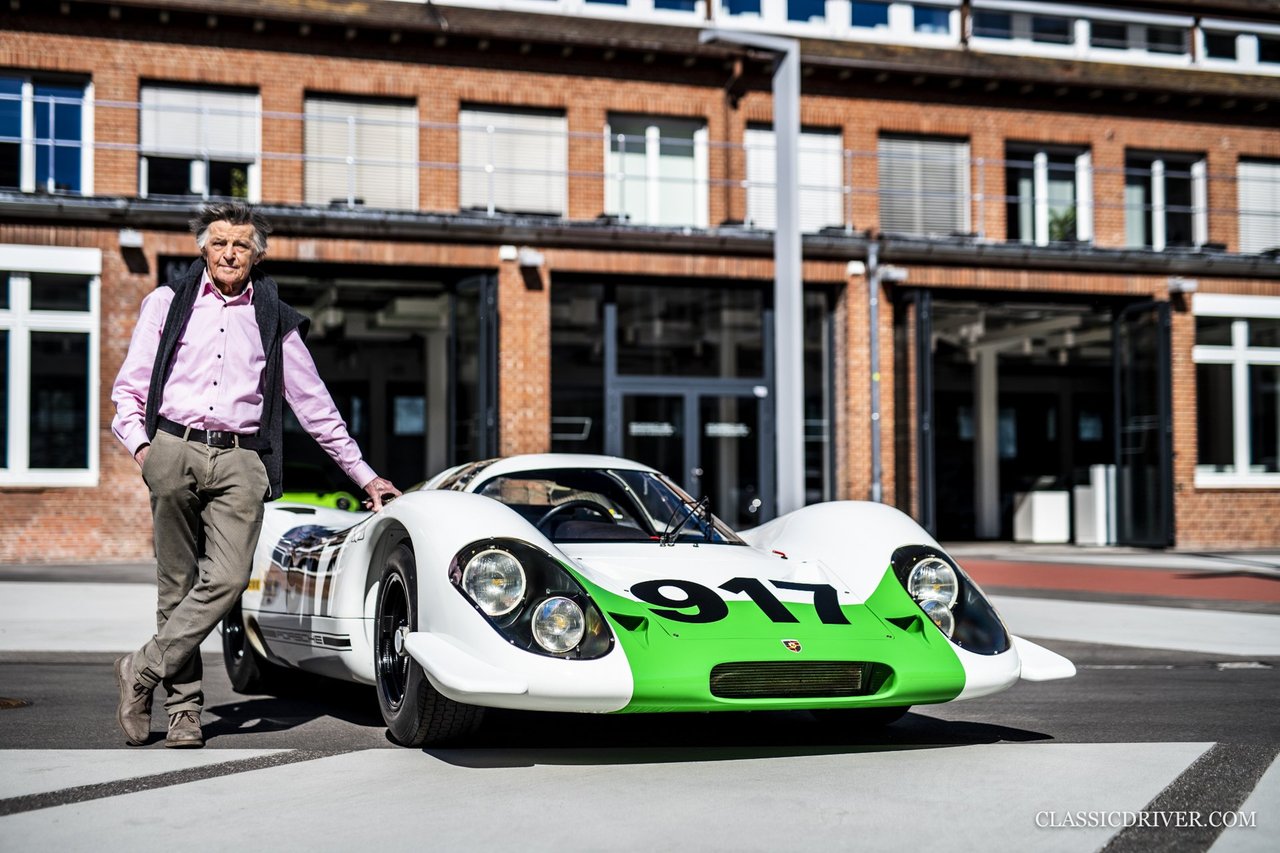


As if the day couldn’t get any more sensational, as I was about to press the shutter on my camera to take the shot, Hans Mezger, the legendary Porsche engineer who oversaw the development of the 917, turned up. All of a sudden, I was shooting portraits of ‘Mr 917’ beside his masterpiece and I had to pinch myself. His inherent enthusiasm was infectious – he was just as astounded as we were, particularly at the presence of the two Le Mans winners. I don’t think I was alone in feeling a strange sense of loss as the last of the cars was tucked away in its trailer and departed. It was the end of a truly unforgettable day and words cannot express how thankful I am to the Porsche Museum for granting me this once-in-a-lifetime opportunity!
The 11 cars we assembled at Werk 1, 10 of which will star in the Colours of Speed exhibition, represent the 917 family almost in its entirety, from the original long-tailed homologation model from 1969 to the 1,300HP twin-turbocharged 917/30 built for the Can-Am Challenge Cup in 1973. Below you’ll find a short bio on each of the attendees.
1969 Porsche 917 / 917-001


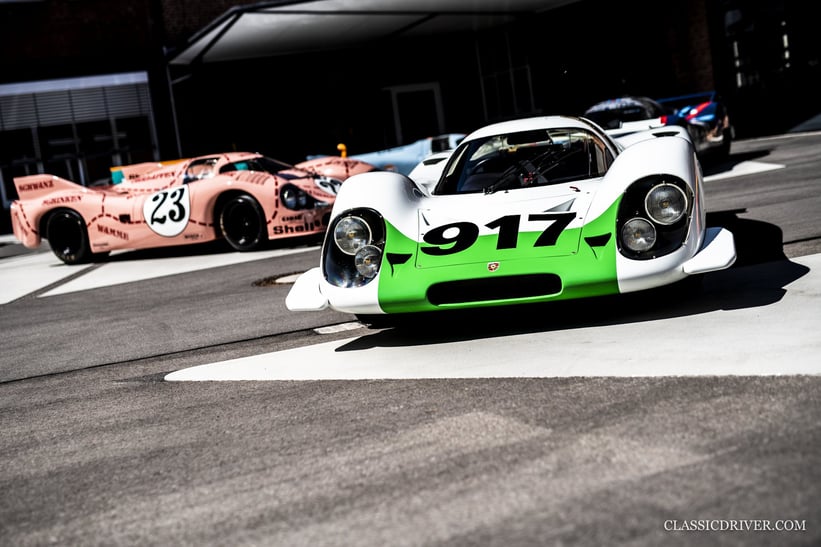
The very first Porsche 917 built, which sent shockwaves through the motorsport world following its reveal at the Geneva Motor Show. In its role as a test and development car, #001 was converted to Kurz specification and displayed as a promotional car in the Le Mans-winning Salzburg livery. In January of 2018, a comprehensive restoration to its original specification was commissioned by the Porsche Museum, the exquisite result of which was debuted at Retro Classics in March.
1970 Porsche 917K /917-023
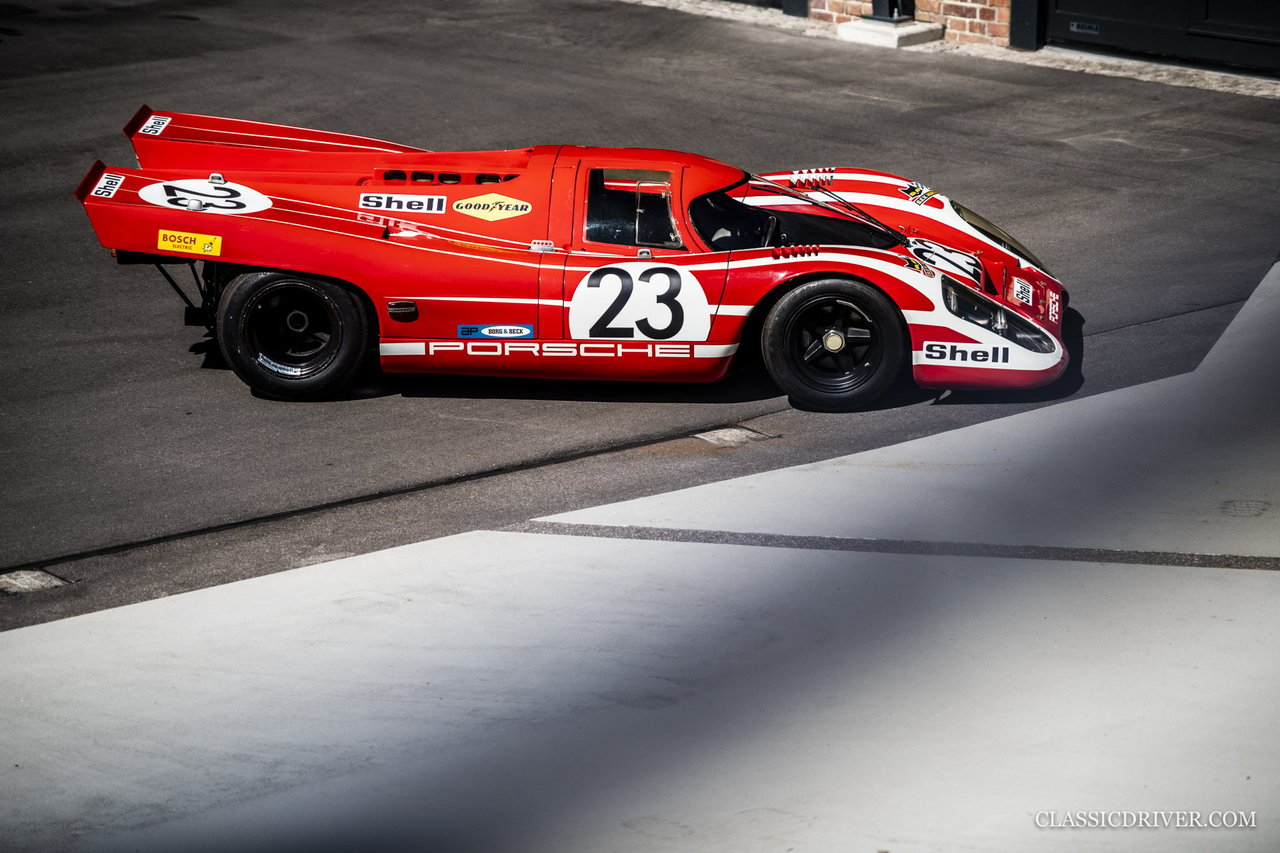
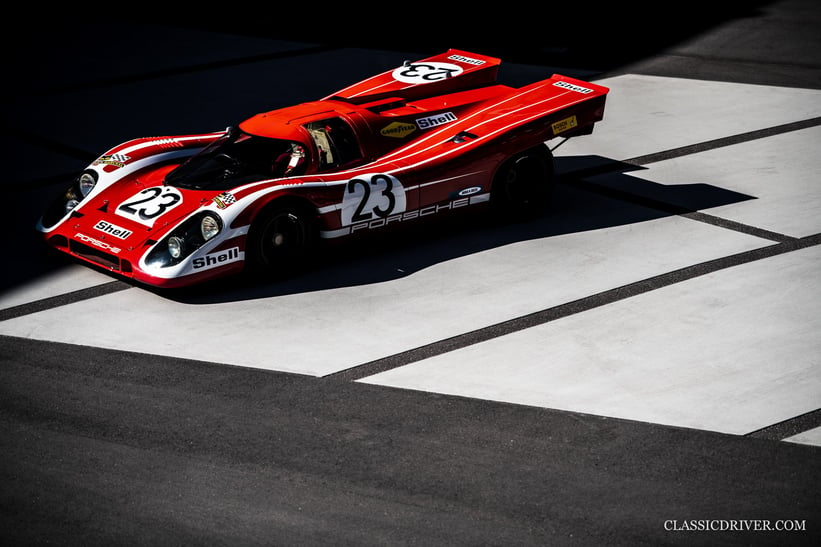
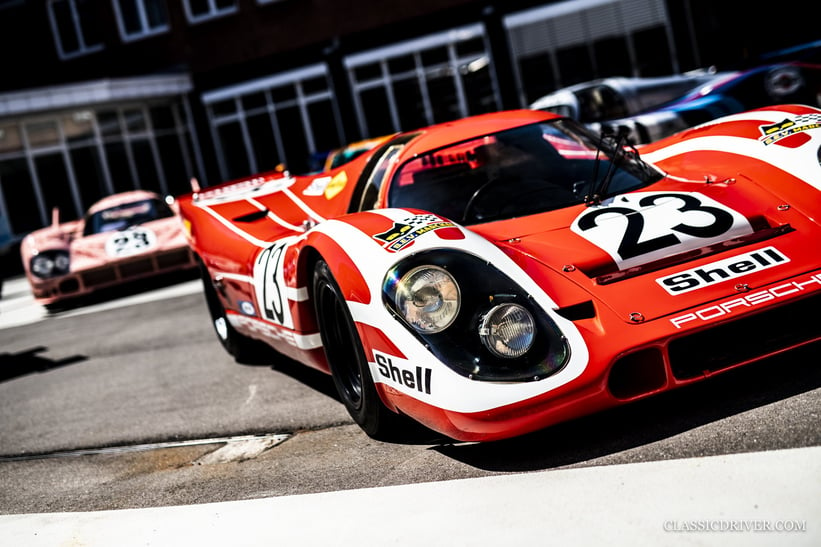
Arguably the most important 917 of them all, this is the Team Salzburg car in which Hans Hermann and Richard Attwood scored Porsche’s maiden victory at Le Mans, the first of 19 overall victories for the marque at La Sarthe. Note the revised short-tail bodywork – a change that transformed the 917 from virtually undrivable to masterful.
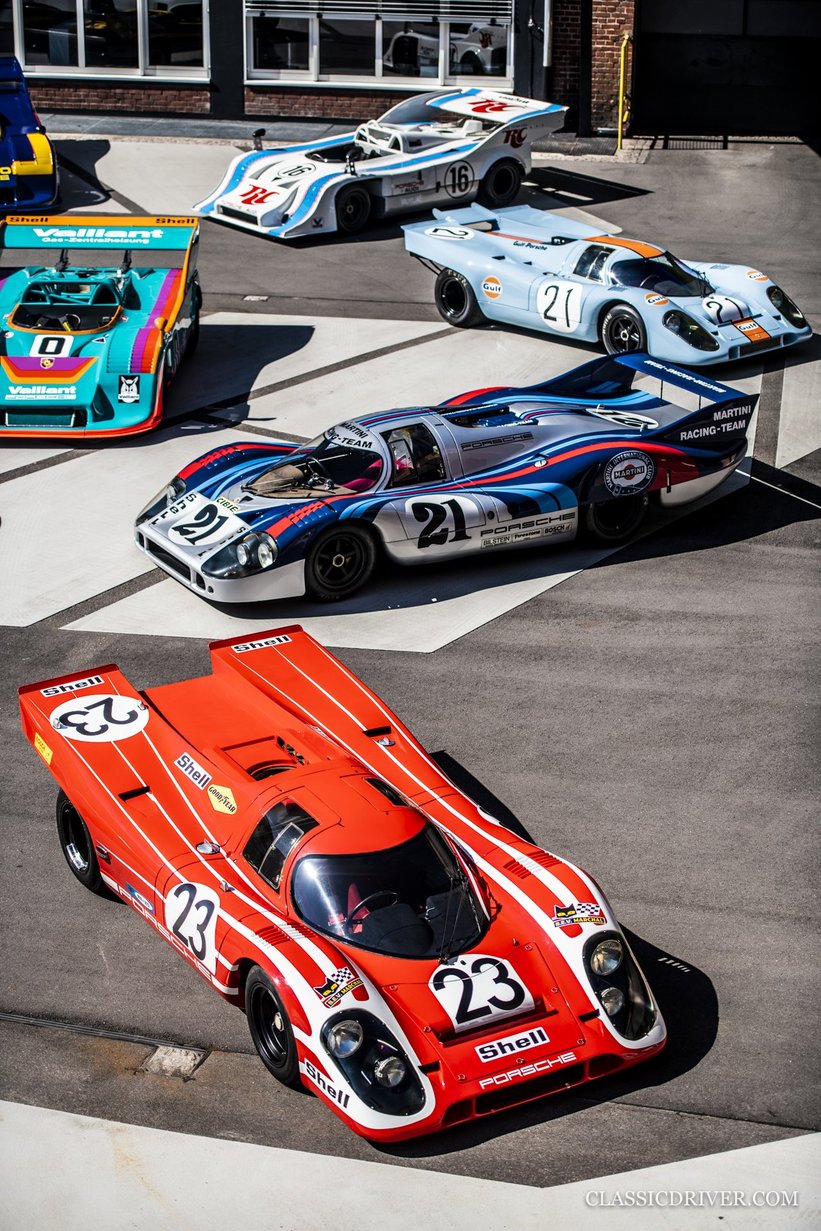
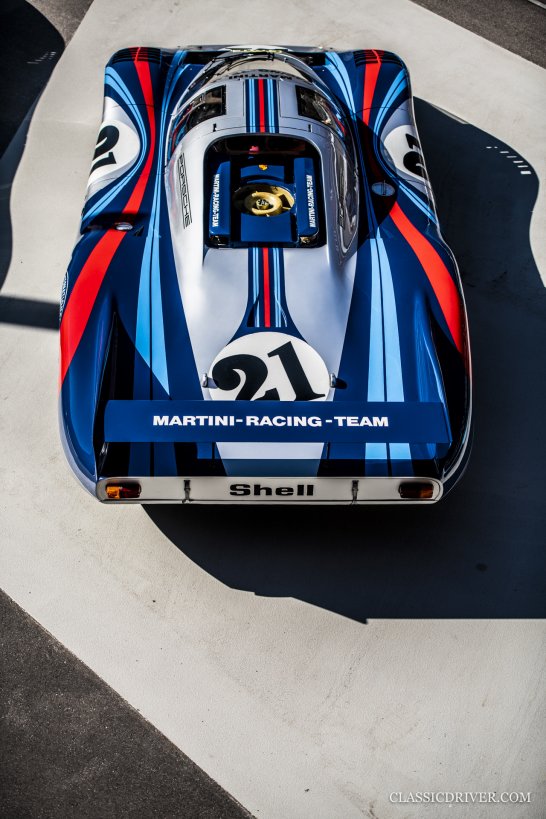
1971 Porsche 917LH / 917-042
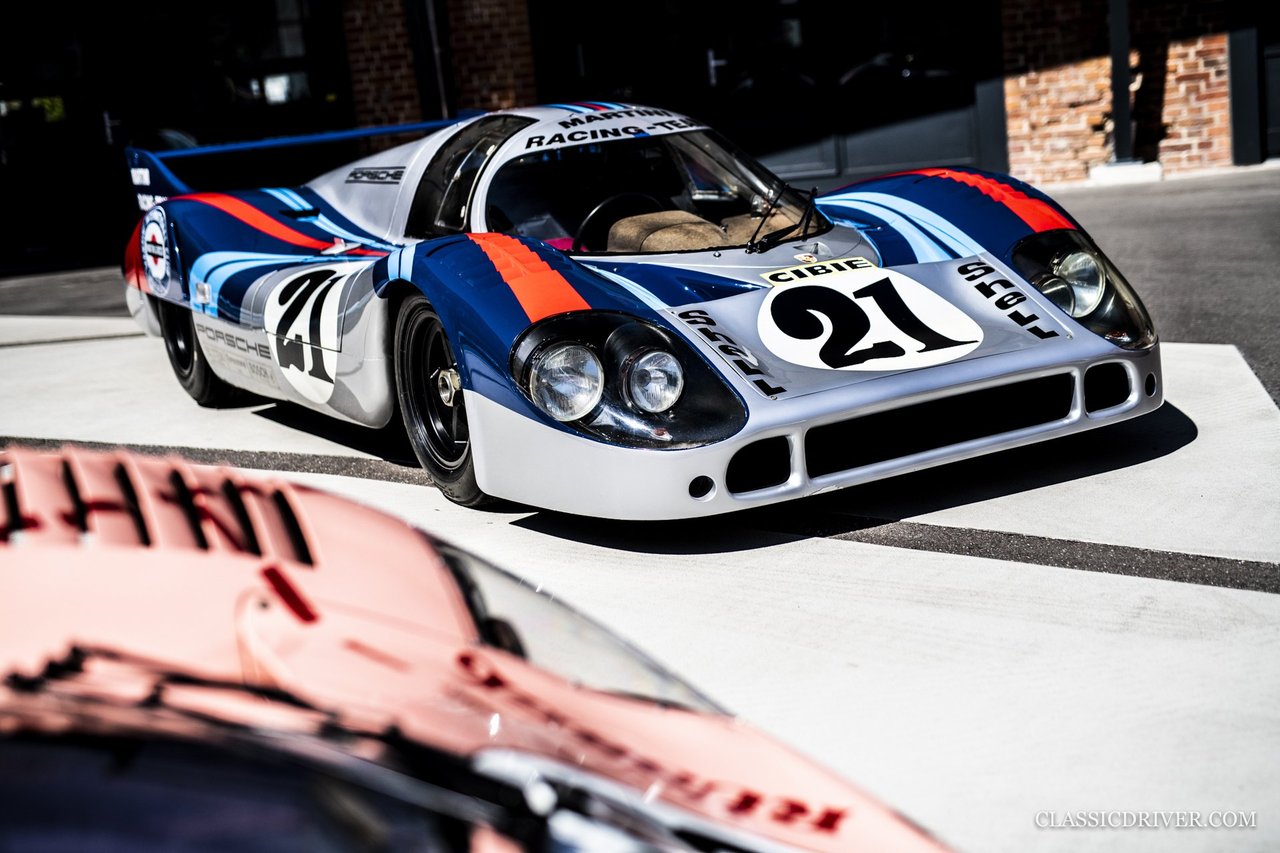
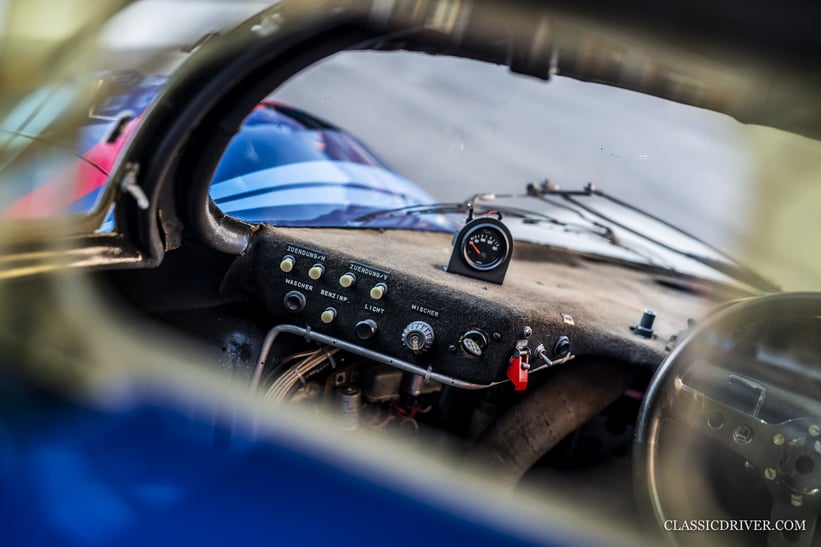
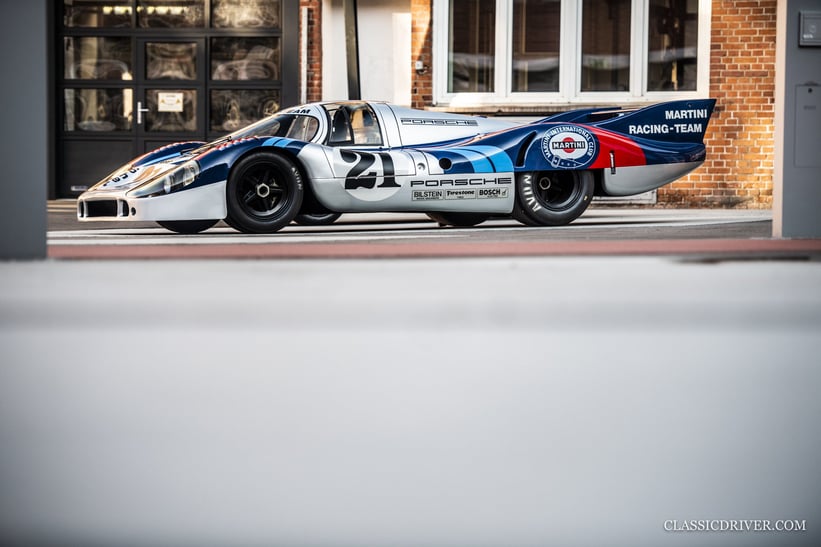
Completed just eight days before its debut at the 1970 24 Hours of Le Mans, chassis #042 – a voluptuous Langheck, or ‘Longtail’, model finished in the iconic psychedelic Martini Racing livery – was marred by engine issues and retired. Its second and final race was Le Mans in 1971, where it retired once again with engine failure.
1971 Porsche 917K / 917-053

Le Mans in 1971 was a race of records. Driving this very car, the last coupé built, for the factory-affiliated Martini Racing Team, Gijs van Lennep and Dr Helmut Marko covered 5,335.3km over the course of 24 hours, at an average speed of 222.3kph. In doing so, the duo set a distance record that would stand for almost four decades. Its Le Mans victory is not the only special characteristic of this car – 917-053 is the sole surviving (and only raced) Porsche 917 with a tubular frame built from magnesium.
1971 Porsche 917/20 / 917/20-001 ‘Big Bertha’



A unique design conceived by Porsche as a low-drag model especially for Le Mans, ‘Big Bertha’, as it became commonly known thanks to its bulbous bodywork, is arguably more famous for its livery than its competition career. Thanks to the voluptuousness of its body, the Porsche Design Studio painted it pink and decorated it with the butcher’s cuts of a pig.
1971 Porsche 917K chassis / 917-015/035

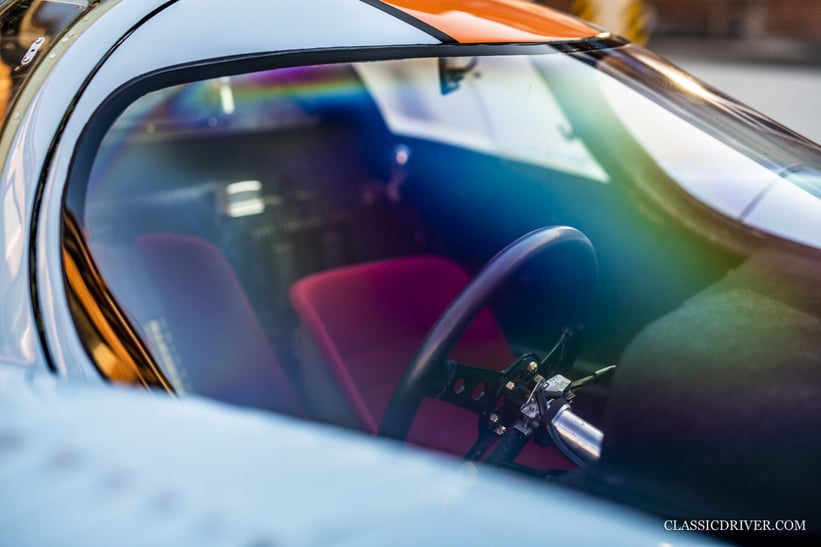

The only car here that won’t be exhibited in the Colours of Speed exhibition, this Gulf-liveried 917K lived a busy life in the line of fire. Not only did it score a significant victory in the 1971 Spa 1000km, but it subsequently acted as a ‘taxi’ for Porsche’s guests on its Weissach test circuit between 1972 and 1979. You might have recently seen it being given the beans by Mark Webber and Top Gear host Chris Harris at the Goodwood 77th Members’ Meeting.
1969 Porsche 917 PA Spyder / 917-027

The missing link between Le Mans and Can-Am, the 917 PA Spyder was instrumental in the go-ahead and development of Porsche’s monstrous and totally dominant turbocharged Can-Am cars. Interestingly, this particular chassis was used to test an experimental 16-cylinder engine – the most powerful naturally-aspirated engine Porsche had ever built, developed at the behest of Ferdinand Piëch – though the lighter and smaller turbocharged 12-cylinder is ultimately chosen for its superior performance.
1972 Porsche 917/10 / 917/10-005

The car the PA Spyder spawned was the 917/10, an ultra-powerful open prototype crammed with pioneering technology. Its turbocharging, for example, was a technology viewed by the Americans as some sort of black magic. In the Can-Am championship in 1972, Porsche’s 917/10 snatched victory in six of the nine races, driven by the legendary American drivers George Follmer and Mark Donohue. This particular chassis was delivered to Penske as a replacement without a body, suspension, engine, or transmission, and subsequently won three races.
1972 Porsche 917/30 / 917/30-001
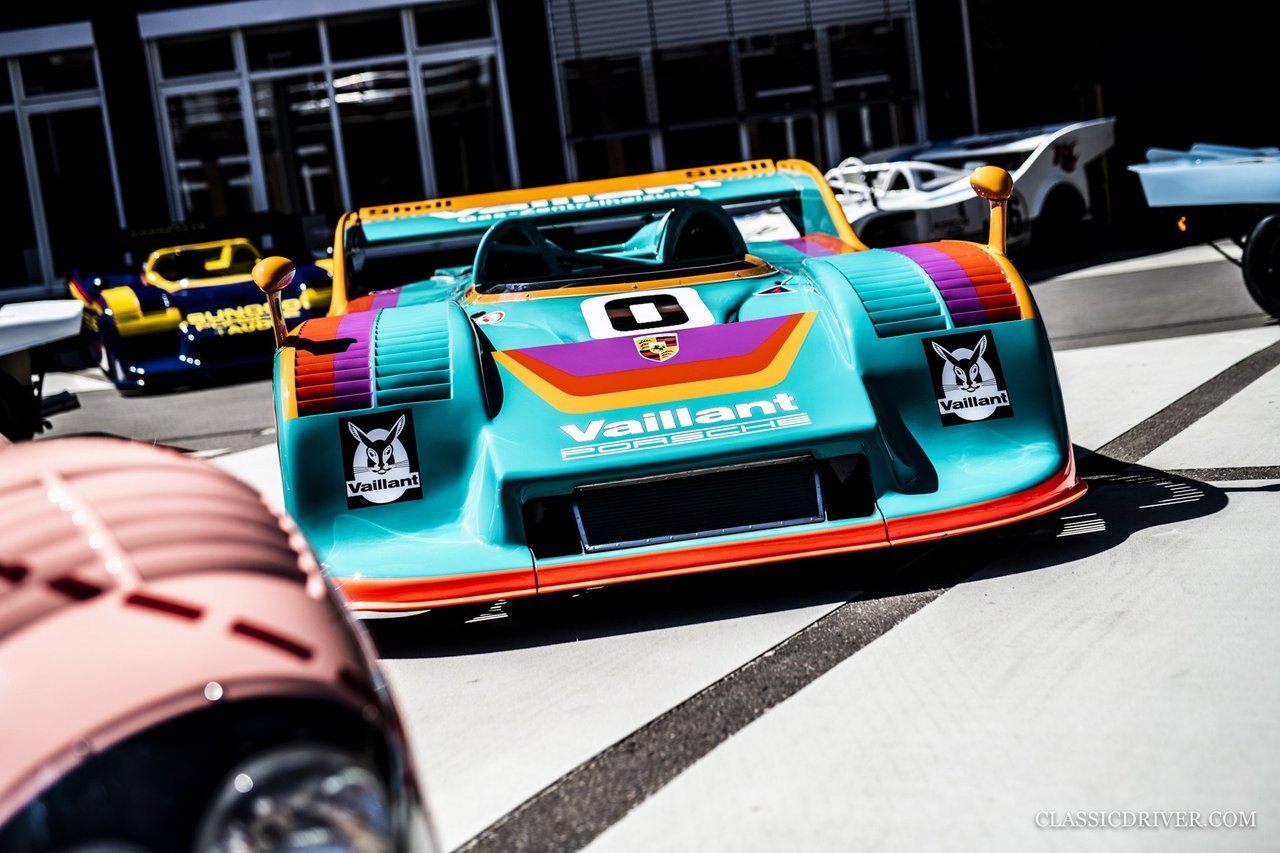
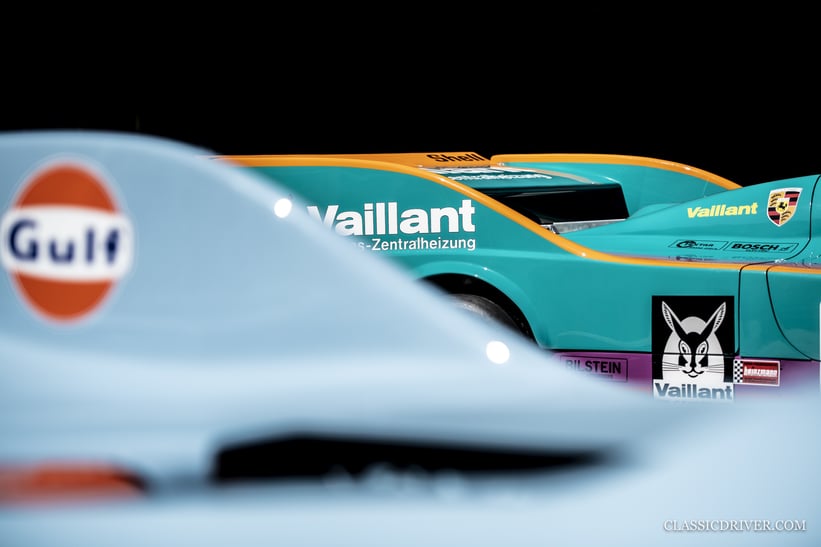

The ultimate development of Porsche’s engineering nous, the 1,200HP turbocharged 917/30 vanquished the opposition both in Can-Am across the pond and the Interseries championship in Europe. This Vaillant-liveried example was the first completed and won five out of six Interseries races in 1974, piloted by the Swiss driver Herbert Müller and Leo Kinnunen. Like 917-001, the car was comprehensively restored ahead of the 50th-anniversary celebrations.
1973 Porsche 917/30 / 917/30-002

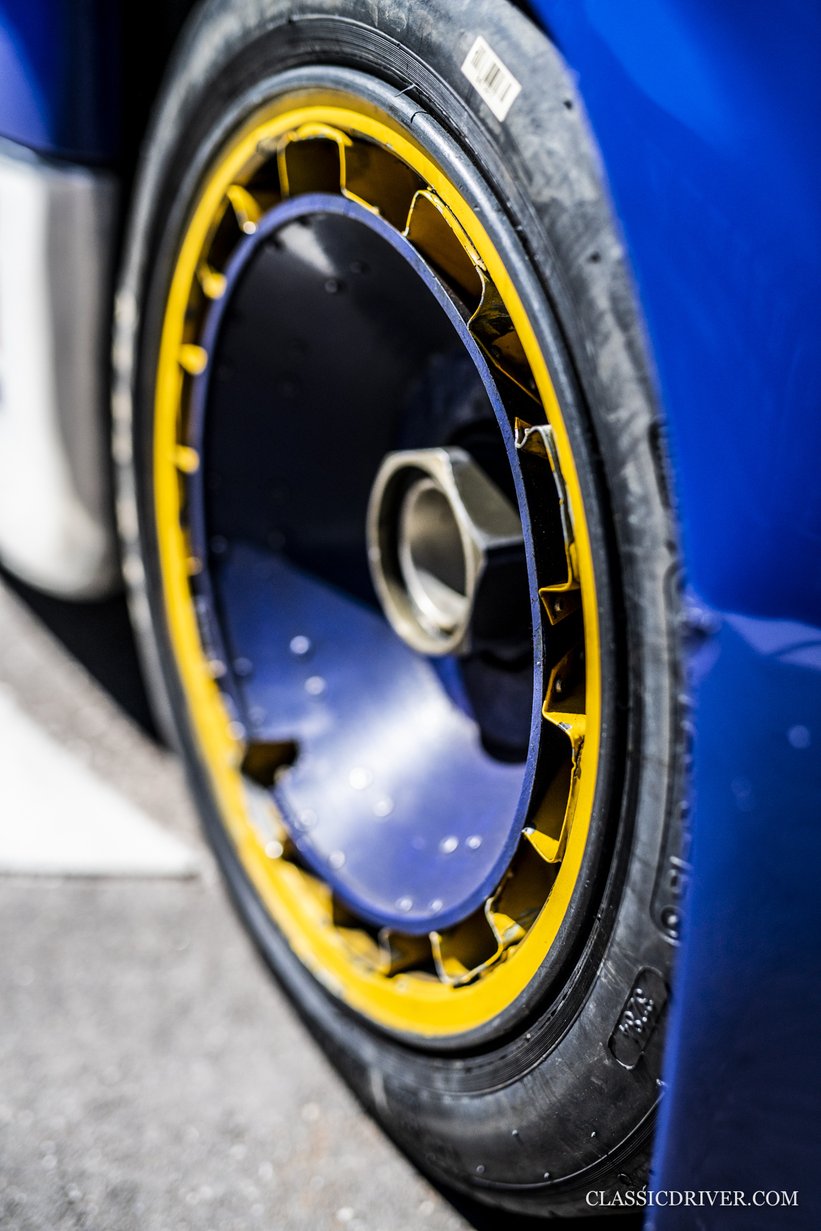
The American, V8-glorifying old guard in the Can-Am Challenge Cup could not have seen the success of Porsche’s turbocharged 917/10s and /30s coming. But in the 1973 season, they won every single race, the evocative Sunoco-liveried cars run by Roger Penske’s eponymous outfit and driven by Mark Donohue claiming six of the eight victories. In 1975, Donohue set a new speed record on a closed course, lapping the Talladega Superspeedway in Alabama at an average of 355.858kph.
Photos: Rémi Dargegen for Classic Driver © 2019











































































































